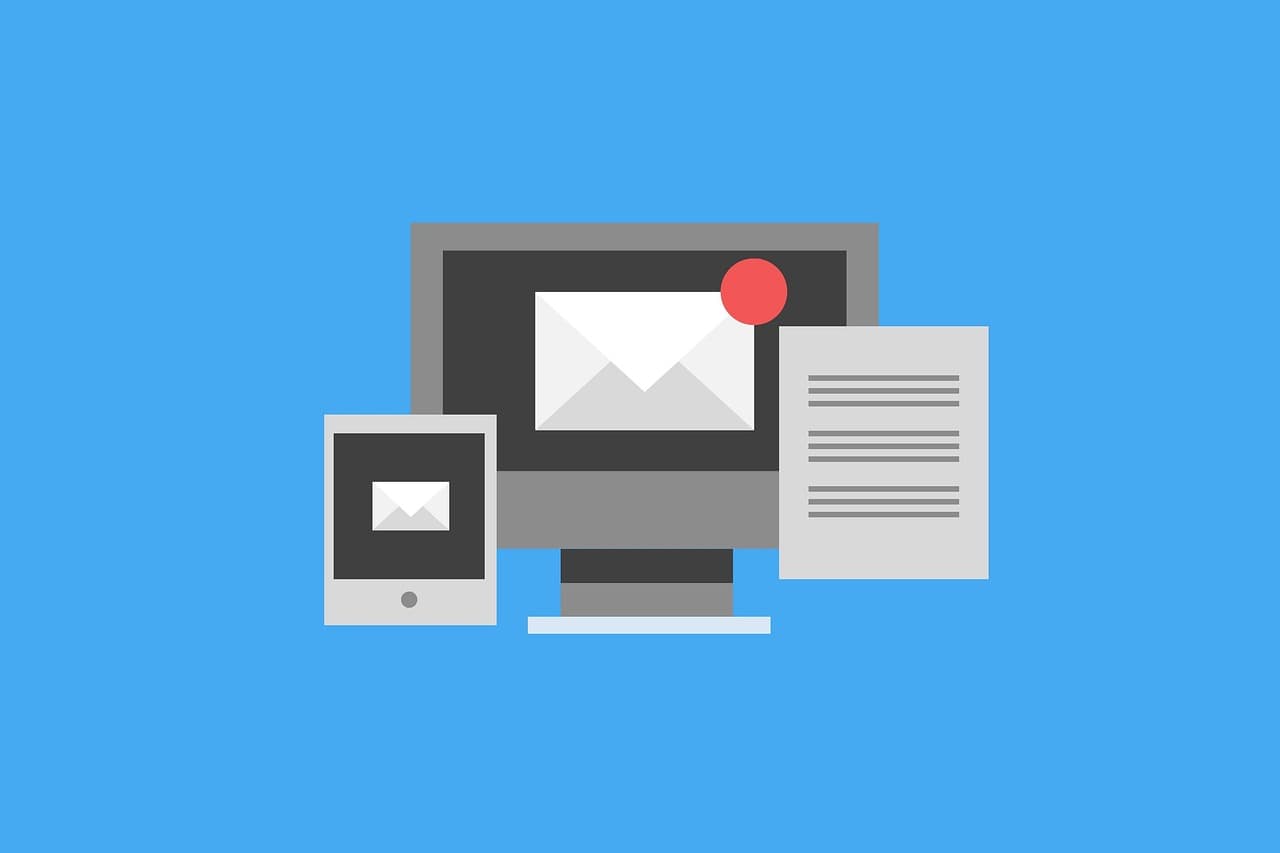What Are Human-Verified Leads (and Why They Matter)

In B2B outreach, the phrase “verified lead” can mean a lot of different things. Sometimes it just means a piece of software ran a quick check and didn’t find any red flags. Other times, it means a real person actually looked at the contact, confirmed the role, and made sure the data is fresh. That second step is what separates data that just looks right from data that actually works. Human-verified leads are the kind that reach decision-makers, keep your emails out of spam, and protect your sender reputation. In this guide, we’ll break down what human-verified leads are, how they stack up against software-only validation, and why they deliver stronger results when it matters most.
TL;DR
-
“Verified” can mean different things. Sometimes it means a system check found no issues. Other times it means a person reviewed the contact and confirmed it. Only the second type is truly human-verified.
-
Human-verified leads cut down on email bounces, protect your domain, and get more replies because they are current and matched to the right role.
-
Use human-verified leads when deliverability and reply quality matter. Common cases include launching a new domain, targeting high-value accounts, or running a focused campaign for a narrow audience.
-
Emarketnow reviews every list before sending it and backs each one with a quality guarantee so your first send is clean.
Verified vs Human-Verified Leads
Many vendors say “verified,” but that can mean very different things:
-
A guessed address, like “first.last@company.com”, that only looks correct on paper
-
An SMTP or MX ping that shows the domain accepts mail, even if it is a catch-all.
-
A directory entry that has not been updated in months.
Human-verified data means a person reviews each record with the help of tools. The check confirms the email works, the role is accurate, the company details match, and the data is fresh. Risky entries get flagged or removed. That mix of judgment and software is what improves results.
What Qualifies as a Human-Verified Lead
A lead is only human-verified when each of these steps includes real review, not just software:
-
Role fit: A person confirms the lead is a true decision maker or influencer for your ICP, not just someone with a similar title.
-
Company context: A person checks that the company is active, fits your target industry, size, or region, and is not a duplicate or closed record.
-
Dual validation: The email passes syntax, MX, and SMTP checks, then a person reviews it in context to avoid role-based inboxes.
-
Freshness: A person re-verifies each contact before it is delivered.
-
Risk handling: A reviewer flags or removes catch-all addresses, disposable inboxes, and risky domains.
The Verification Spectrum: From Pattern Guessing to Human-Verified
Think of verification as a spectrum. The higher the level, the better your inbox placement and reply rates.
-
Pattern guessing: Fast and low-cost but prone to bounces and poor reply quality.
-
Software-only validation: Scales well and removes obvious bad addresses, but misses context, catch-all details, and true role accuracy.
-
Human-assisted validation (best): Blends tools with review by a person. Risk is screened, titles are confirmed, and company fit is checked.
Why Human-Verified Leads Improve Deliverability and Reply Rates
Human checks keep deliverability strong. A reviewer removes bad or outdated emails before they trigger bounces. That step protects your domain because clean lists build a better sender record and make future emails more likely to land in the inbox.
Verification also raises reply rates. When someone confirms job titles and roles, messages reach real buyers in the right context. Removing role-based or stale contacts cuts list noise. That keeps engagement data accurate and gives clear signals for testing and improvement. Over time, clean data protects performance and avoids the drag that weak records create.
Comparison: Software-Only “Verified” vs Human-Verified Leads
| Dimension | Software-Only “Verified” | Human-Verified (with pre-handoff recheck) |
|---|---|---|
Human in the loop? | No. Fully automated pings or pattern guesses | Yes. Real researchers confirm role, company, and risk |
What it means | Syntax, MX/SMTP checks; may include catch-all “accepts mail” | Tools plus human review for role, company context, risk, and freshness |
Role accuracy | Mixed; any title that matches a keyword may pass | Confirmed decision makers or true influencers only |
Company context | Not necessarily checked. If the domain resolves, it passes | Reviewer ensures the company is active and relevant |
Freshness | Depends on provider’s update cycle | Re-verified before delivery |
Risk handling | Catch-alls, disposables, and role-based often slip through | Risky patterns removed or clearly flagged |
Expected bounce risk | Medium to high (varies by domain and cadence) | Low (especially on new domains and high-stakes sends) |
Reply quality | Lower; more non-buyers or stale contacts | Higher; messages land with the right people |
Best for | Market mapping, quick tests, broad exploration | New/recovering domains, ABM, high-value sequences |
Trade-offs | Faster and cheaper, but noisier | More craftsmanship, higher ROI per send (MIT Sloan Review reports that bad data can cost companies as much as 15 to 25 percent of their revenue, which makes it clear that investing in clean, verified leads quickly pays for itself.) |
Vendor Checklist: How to Test a “Verified” Claim
Ask any provider these questions:
-
Last verified timestamp: Can they show when each contact was last confirmed?
-
Human in the loop: What does a person review beyond SMTP and MX checks?
-
Role confirmation: How do they prove the contact is a true decision maker?
-
Risk policy: How do they handle catch-alls, role-based inboxes, and disposable emails?
-
Pre-handoff recheck: Are records checked again right before delivery?
-
Quality guarantee: What happens if the bounce rate goes above a reasonable threshold?
How Emarketnow Ensures Human-Verified Lead Quality
At Emarketnow, human-verified means every lead passes both automated checks and a layer of human review. The result is not data that only looks right, but contacts that work in real outreach.
Real people in the loop
We do not use pattern guesses or old databases. A reviewer checks every contact to confirm the role, company fit, and risk factors. This step makes sure your outreach reaches real decision makers, not generic inboxes or outdated titles.
Freshness at delivery
Unlike static list providers, we don’t provide old exports. Every record is checked again right before delivery, combining automated validation with a human review. That way your campaigns start with the cleanest data possible, reducing bounce risk and protecting your sender reputation.
Decision-maker focus
We target people who hold real influence or budget in your market. Human reviewers catch details that software often misses. For instance, they can tell if a Manager has buying power or if the title is only a team lead. That level of context is essential for serious B2B outreach.
Risk controls built in
Every list is screened for catch-all domains, role-based inboxes, and disposable addresses. If a record looks risky, a reviewer flags it before it reaches you. This keeps weak data from hurting deliverability.
A quality guarantee
No process is flawless, so we back every delivery with a quality guarantee. If an issue comes up, we address it quickly so you can move forward with confidence.
FAQ
Is human verification slower?
A little, yes. But it saves far more time in the long run by preventing bounce issues, protecting your reputation, and cutting wasted outreach.
Can software-only verification be enough?
For early testing or market research, yes. But for serious campaigns, new domains, or ABM (Account Based Marketing), human-verified is worth it. You get fewer bounces, better replies, and stronger overall results. For guidance, see our list type guide here.
How often should data be re-verified?
It should be checked before any major send and again before a vendor hands it off. Mailgun highlights that one of the biggest challenges for email senders is keeping lists clean, and that the companies who check their contacts regularly are the ones who see the best inbox results. We dive deeper into this topic in our article here.
Ready to reach fresh, human-verified leads today?
Start for FreeRelated articles
How To Safely Blend First Party And Third Party B2B Data
Use your own first-party data to define your ICP, then fill the gaps with human-verified B2B contact lists. Learn how to merge both without disrupting your CRM.
Why Today’s Job Market Quickly Breaks Your CRM
See the key labor market stats behind job hopping and job hugging and learn why fast job changes cause your CRM to become outdated in under two years.
Scraped, Crowdsourced, and Research Grade B2B Data Explained
Most cheap B2B lists are scraped or pooled. See how to spot risky data, test any provider, and choose real research-grade human verified data.


